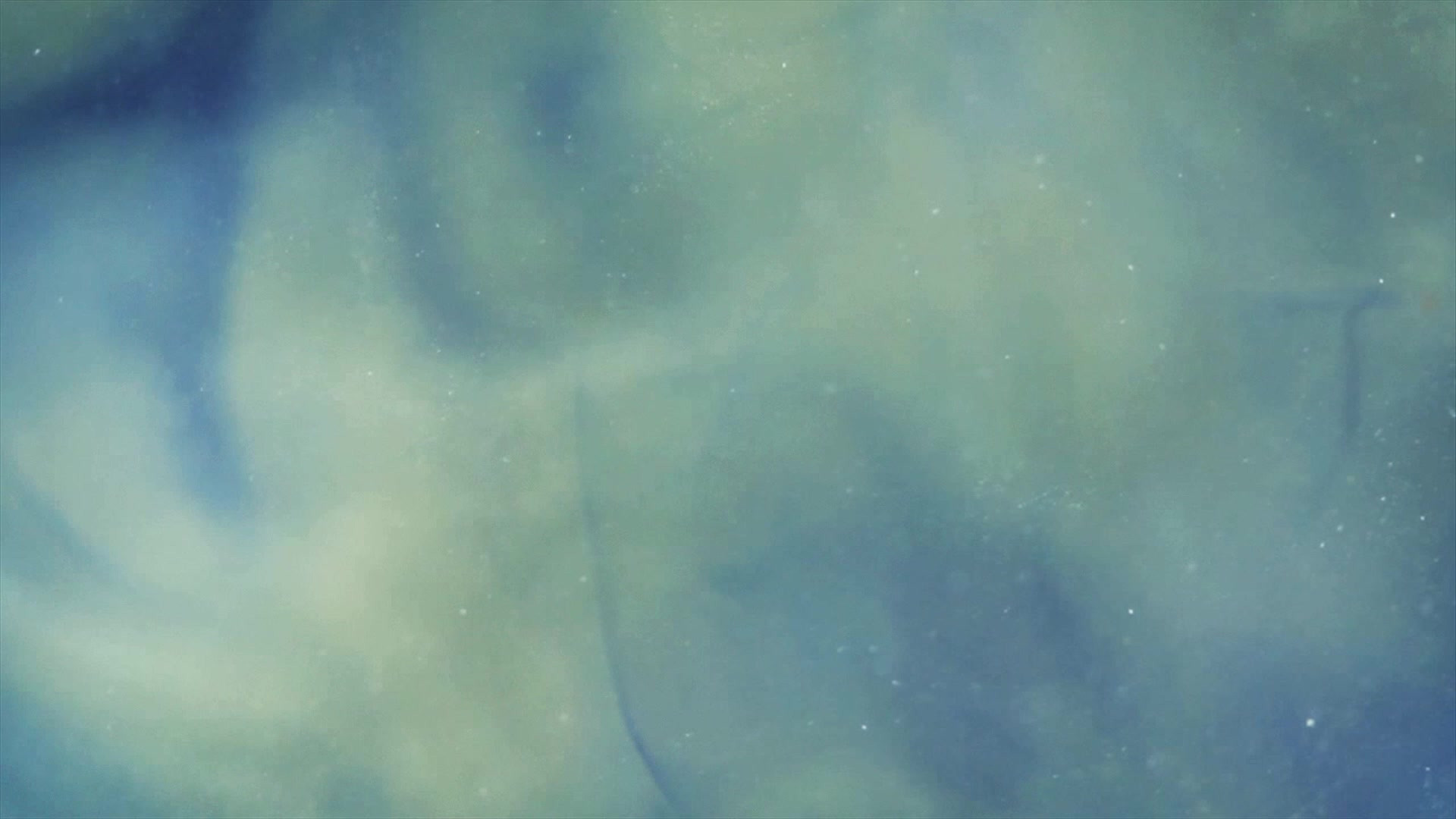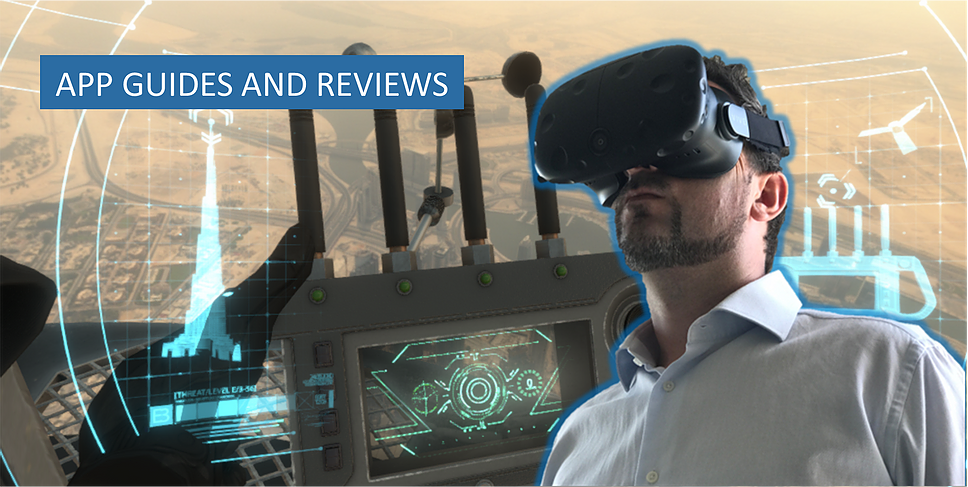100 Voices of AR and VR in Education
Just over a year and a half ago I set up this website with two specific goals - 1. To share ideas and examples of best practice in the use of AR and VR in education 2. To connect with like-minded educators and pioneers working with immersive technologies. As I sit here writing the site’s 100th article, I think it’s safe to say that I’m doing pretty well with regards to my first goal but I never dreamed that I would build such an amazing network of colleagues, collaborators an

_edited.png)




